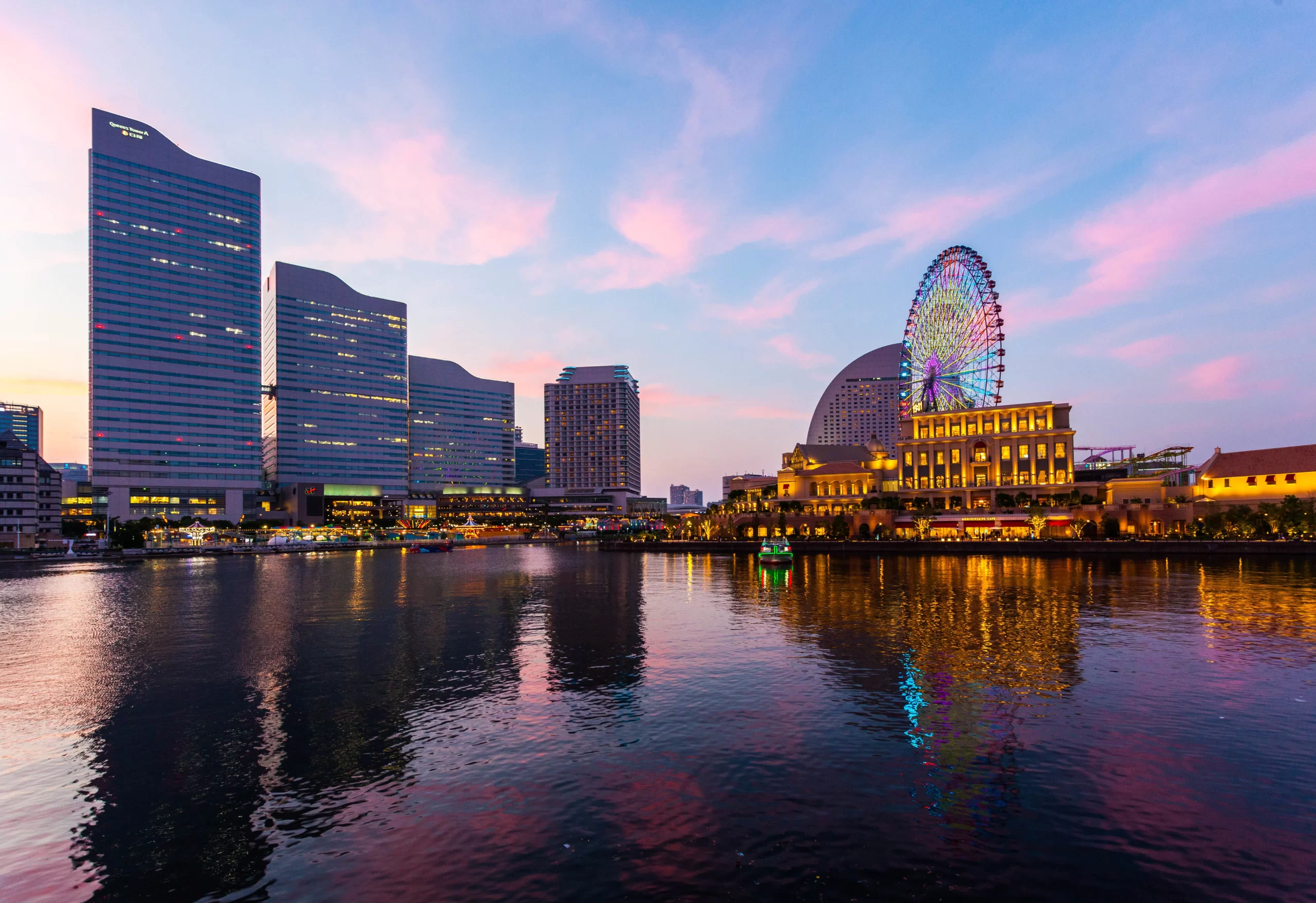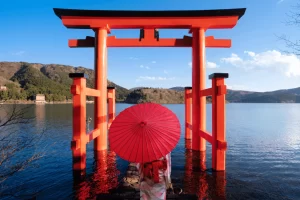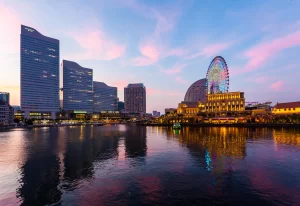Cheapest Tokyo Transfer Options for Day Trips to Surrounding Areas
Do Your Tokyo Day Trips Cost Too Much? Here’s how to travel on a budget.
Though Tokyo is a wonderful city, occasionally the true magic is just beyond its boundaries. A day trip is the ideal way to see more of Japan whether your interests are in the historic Kamakura temples, the breathtaking views of Mt. Fuji, or the great natural beauty of Hakone. But, especially for budget visitors, transport expenses can soon mount up. What then are the most affordable Tokyo transfer choices available to investigate these amazing locations without going broke?
We will discuss the most reasonably priced ways to get from Tokyo to some of the best day-trip locations, highlight discount passes to help you save money, and offer basic travel advice to help you to have the most seamless travel experience. Let’s start now.
Tokyo’s Best Budget Transfer Policies
Regarding low-cost travel in Japan, your mode of transportation will significantly affect it. Fortunately, Tokyo offers a range of reasonably priced choices to suit all kinds of visitors. The most affordable means of transport for day trips are broken out here.
1. Local and Quick Trains
One of the most effective train systems in the world, Japan’s can also be among the least expensive means of transportation given the correct decisions. Here’s how best to maximise your savings:
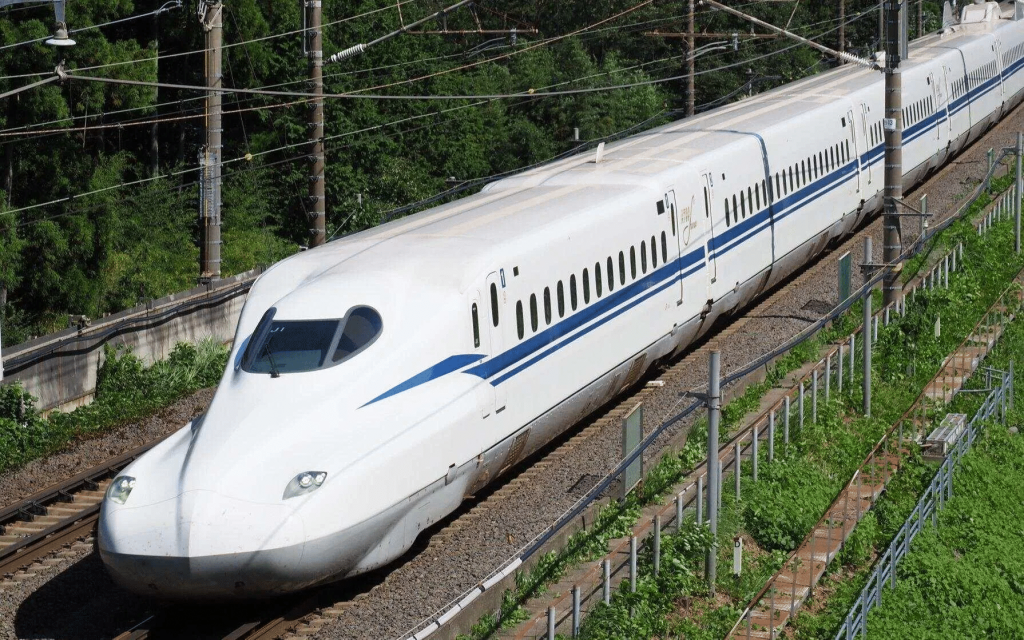
- JR Lines: If you have a JR Pass, you may ride JR trains for free; otherwise, some JR lines have reasonable direct routes even without it. For quick, reasonably priced travels, the JR Keihin-Tohoku Line and JR Chuo Line are fantastic.
- Private Railways: Companies including Odakyu, Tobu, Seibu, and Keio provide their own discount passes and reasonably priced one-way rates on private railroads. For some locations, these frequently cost less than JR trains.
- Rapid Services (Commuter Trains): Choose fast services on regular lines instead of costly Shinkansen, or bullet trains. For Nikko, the Tobu Limited Express, for instance, is far less expensive than the Shinkansen.
2. Local Buses and Roads
Particularly for locations further from Tokyo, buses are a great way to cut expenses. Many bus companies have direct, reasonably priced transfers at a fraction of the cost of trains.
- Intercity Highway Buses: Companies like Willer Express, Keio, and Odakyu provide reasonably priced rides to locations including Mt. Fuji, Hakone, and Nikko. Often, booking ahead helps you to get even better rates.
- Local Buses for Short Trips: Using a local bus from the closest train station will help to save expenses for closer sites like Kamakura or Yokohama.
3. Discount Travel Passes
Investing in a discount pass is the best approach to save if you intend to make several daily trips. Among the best choices are these:
- JR Tokyo Wide Pass ($74 for three days): Perfect if you intend to see several sites including Nikko, Hakone, and Karuizawa. It allows unlimited JR line travel over a sizable area.
- Odakyu Hakone Free Pass ($40 round trip): Covers round-trip Tokyo to Hakone plus unlimited rides on local buses, trains, and boats in the Hakone area.
- Tobu Nikko Pass ($18 round trip): Perfect for budget travel to Nikko, including free or discounted access to nearby transit.
- Seibu Kawagoe Pass ($7 round trip): Excellent value for visiting Kawagoe, sometimes known as “Little Edo.”
Affordable Path to Popular Day Trip Sites
Tokyo is a fantastic city, but occasionally you simply need a respite from the neon lights and packed streets. The great news is a little train or bus excursion will get you to some of Japan’s most amazing locations! There is a great day excursion for you whether your interests are in old temples, picturesque settings, or leisurely hot springs. The best thing is also that if you choose the least expensive Tokyo transfer routes, you won’t have to shell out a bunch to reach there. Let’s go over the highlights of these absolutely must-see sites.
Kamakura – Old Samurai Capital
Kōtoku-in Temple’s Great Buddha
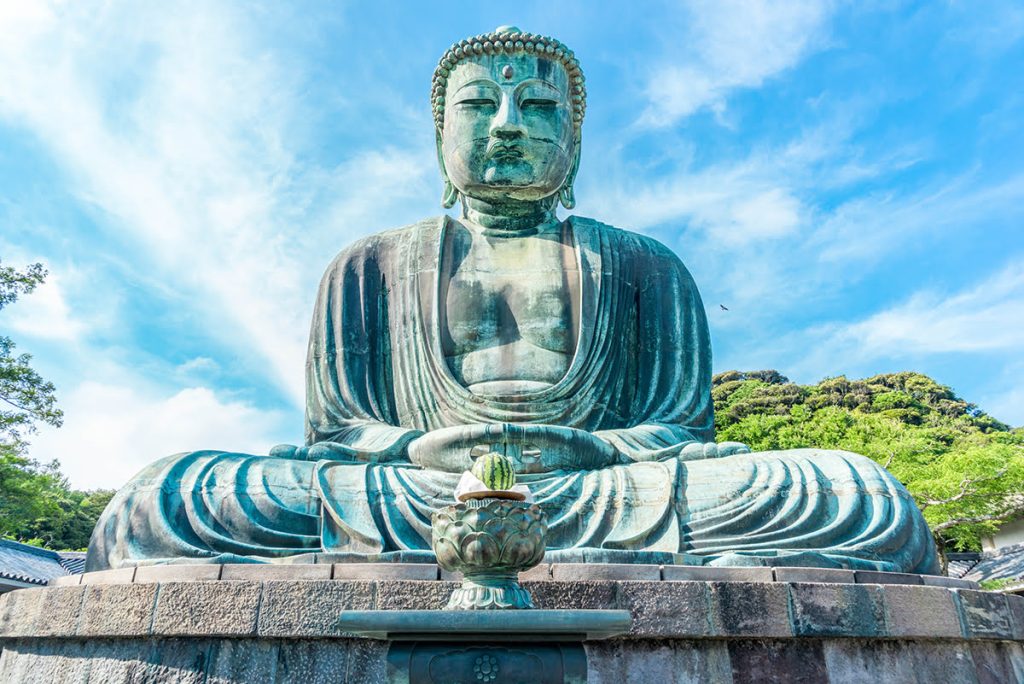
The Great Buddha (Daibutsu), a giant bronze monument 13.35 meters tall, is among Kamakura’s most well-known sights. From the 13th century, this outdoor Buddha has seen typhoons, earthquakes, and even a tsunami. Enter the hollow monument for a nominal cost to view how it was cast centuries ago.
Hase-dera Temple & Hydrangea Walkway
Stunning seasonal flowers, especially hydrangeas in June, are well-known from Hase-dera Temple. Perched on a hillside, the temple provides expansive views of Kamakura’s shoreline.
Yuigahama Beach
If you are travelling in the warmer months, go along Yuigahama Beach, a well-liked location for tanning and surfing. After seeing the temples, this is a perfect location to unwind.
💰 Cheapest Tokyo Transfer Option: Take the JR Yokosuka Line from Tokyo Station (60 min, $7).
Nikko – Possessed with Natural Beauty and UNESCO Heritage Temples
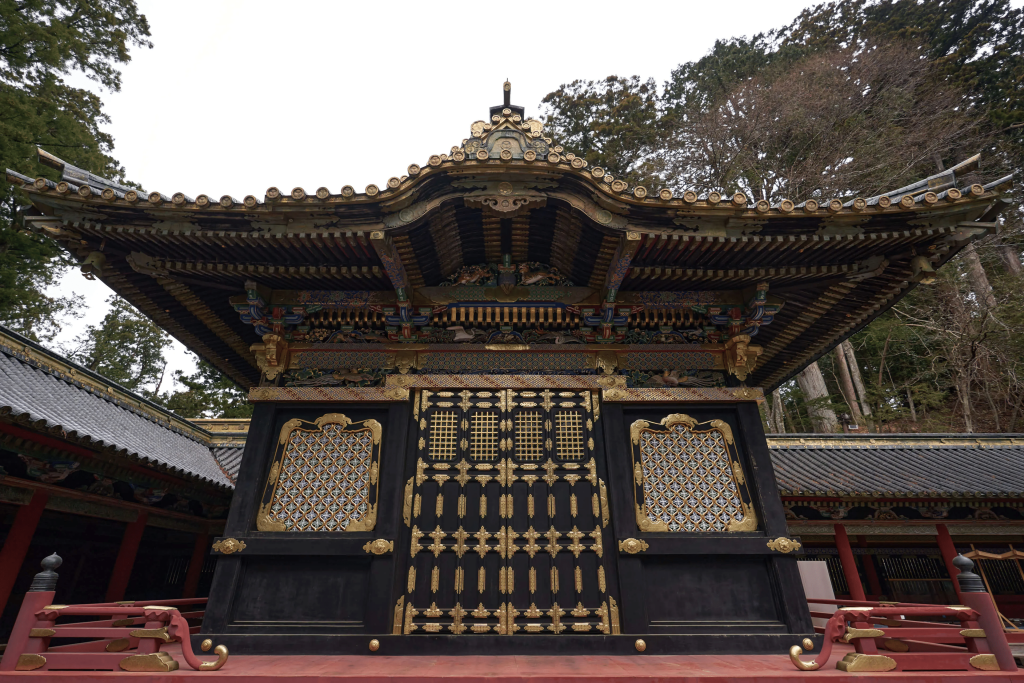
Toshogu Shrine: Masterpiece of Japanese Building Styles
Dedicated to Tokugawa Ieyasu, the creator of the Tokugawa Shogunate, the Toshogu Shrine is an ostentatious, gold-covered shrine. Its delicate wood carvings—including the Three Wise Monkeys (“See no evil, hear no evil, speak no evil”)—are well-known. Towering cedar trees encircle the shrine, lending a magical quality.
Kegon Falls: Among Japan’s Top Three Waterfalls 🌊
From Nikko Station, a brief bus journey gets you to Kegon Falls, an amazing 97-meter cascade. One of the best locations in Japan to enjoy autumn colours is October itself, when the autumn foliage produces an amazing spectacle.
Lake Chuzenji & Onsen Town ☺
Lake Chuzenji, tucked up in the highlands, provides calm vistas and boat trips. Kinugawa Onsen, a hot spring village close by, lets you relax in a natural onsen while taking in the surroundings.
💰 Cheapest Tokyo Transfer Option: Take the Tobu Railway Limited Express from Asakusa (~110 min, ~$15). Think about saving further by looking at the Tobu Nikko Pass.
Hakone – Gorgeous Mt. Fuji Views & Hot Springs
Owakudani—the Volcanic Valley
Often referred to as the “Valley of Hell,” Owakudani is a volcanic valley featuring black eggs baked in naturally occurring hot springs and steamy sulphur vents. Eating one of these eggs supposedly adds seven years to your life!
Lakes Ashi and The Pirate Ship Cruise
Hop on a Hakone Sightseeing Cruise, fashioned like a pirate ship, for a legendary perspective of Mount Fuji. Clear days provide a postcard-perfect vista of Fuji mirrored on the surface of the lake.
Famous Hot Springs of Hakone, Onsen
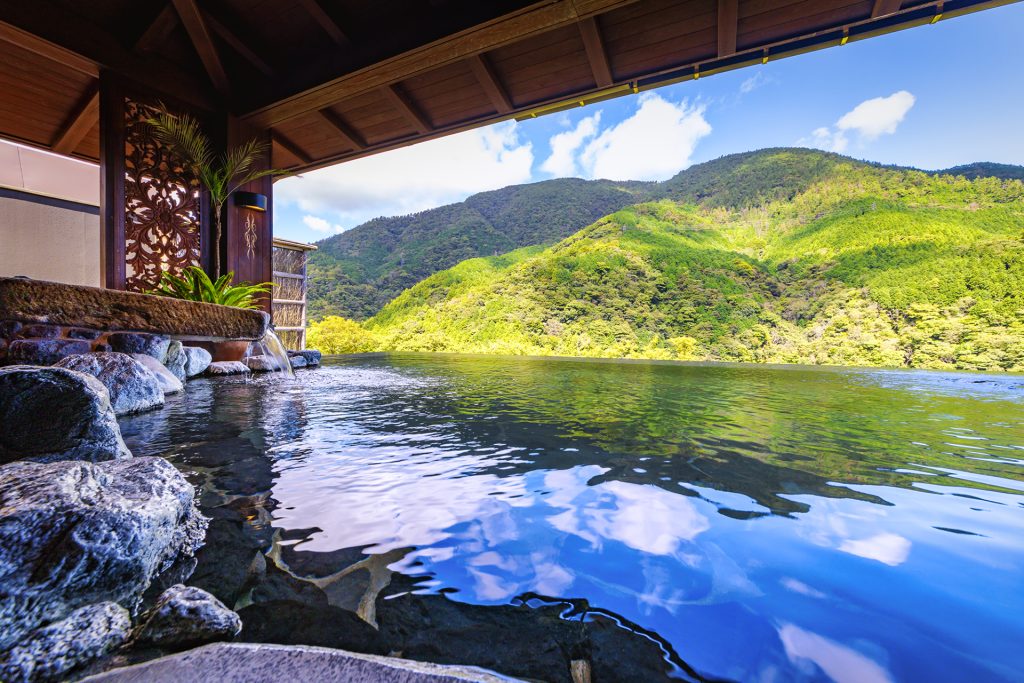
One of the best onsen sites in Japan, Hakone boasts several traditional ryokan with outdoor hot spring baths facing the natural surroundings. Among the popular choices are Tenzan Onsen and Yunessun, which even features a wine bath and a sake bath.
💰 Cheapest Tokyo Transfer Option: From Shinjuku (~90 min, ~$12), grab the Odakyu Romancecar. The Hakone Free Pass is a wonderful value and spans several modes of transit.
Mount Fuji and Kawaguchiko, the Iconic Peak of Japan
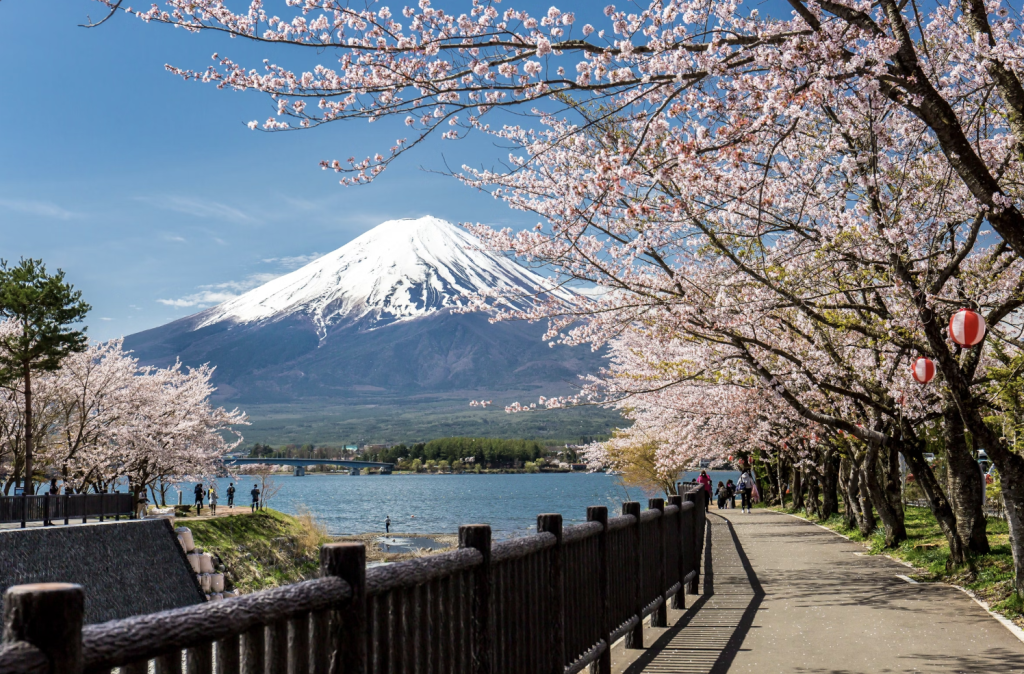
The Perfect Fuji Viewpoint: Chureito Pagoda
If you have seen breathtaking pictures of Mount Fuji framed by a crimson pagoda, very likely Chureito Pagoda took them. Though the climb up the 398 stairs is somewhat challenging, the perspective is well worth it!
Mt. Fuji Panoramic Ropeway
Take the Panoramic Ropeway to Mount Tenjo, which overlooks Lake Kawaguchi, for a fast yet satisfying perspective of Mt. Fuji. Particularly in seasons for cherry blossom or fall foliage, the view is enchanted.
Fuji Five Lakes: Nature & Outdoor Fun
Part of the Fuji Five Lakes, Kawaguchiko provides canoeing, riding, and lakefront hot springs. If you enjoy the natural surroundings, this is a great spot to unwind and see the most famous mountain of Japan.
💰 Cheapest Tokyo Transfer Option: From Shinjuku (~120 min, ~$15), ride a highway bus. This is far less expensive than the train!
Yokohama – The Most Cosmopolitan Port City in Japan
Minato Mirai & Cosmo Clock 21
One of the biggest Ferris Wheels in Japan, Cosmo Clock 21 dominates Yokohama’s skyline. Comprising shopping, dining, and entertainment choices, the Minato Mirai neighbourhood is a contemporary waterfront.
Create Your Own Ramen at Cup Noodles Museum!
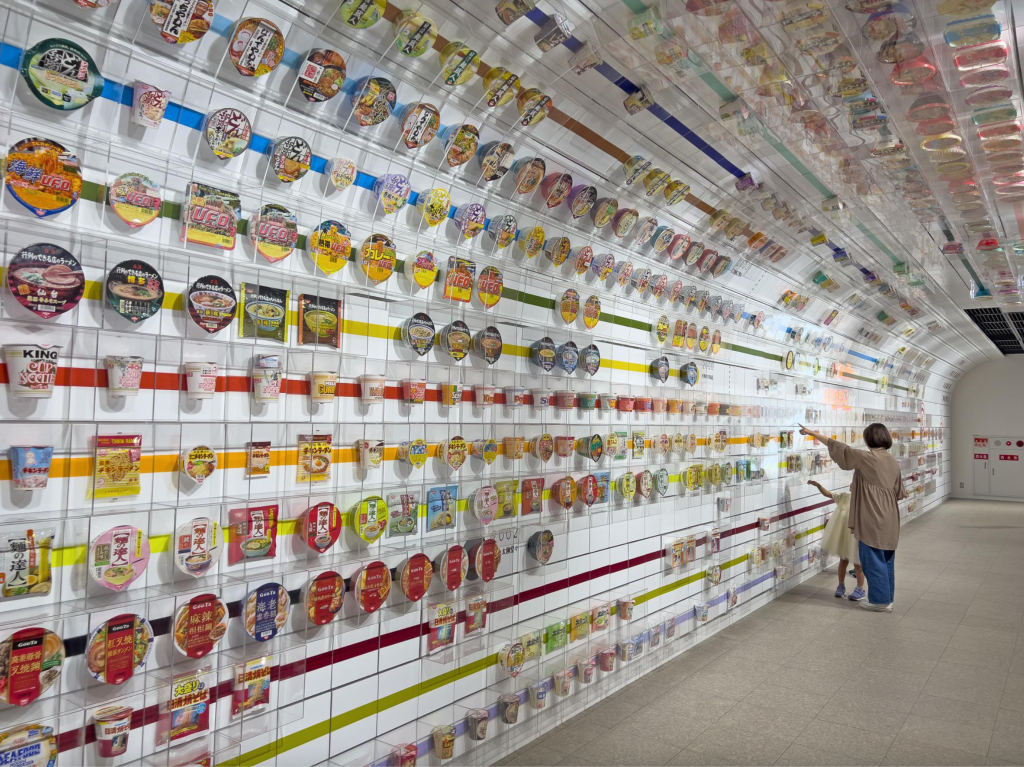
Ever yearned to create your own instant noodles? Learn about the background of instant noodles and design your own unique cup of ramen at the Cup Noodles Museum. For every age, this is an interesting, interactive experience.
Yokohama Chinatown: The Biggest Chinatown in Japan
Want some very good pork buns or dumplings? Vibrant streets bursting with Chinese restaurants, temples, and food booths line Yokohama’s Chinatown. Try sweet sesame balls or the well-known soup dumplings (xiaolongbao!).
💰 Cheapest Tokyo Transfer Option: Take the JR Keihin-Tohoku Line from Tokyo (30 min, $3).
Kawagoe – “Little Edo” with Old-World Charm
Kurazukiri Street: A Temporal Step Back in Time
Known as “Little Edo,” Kawagoe’s Kurazukiri Street offers a taste of old Japan with its line of well-preserved Edo-period buildings. As it has for ages, the Time Bell Tower (Toki no Kane) still chimes four times a day.
Kashiya Yokocho (Candy Alley)
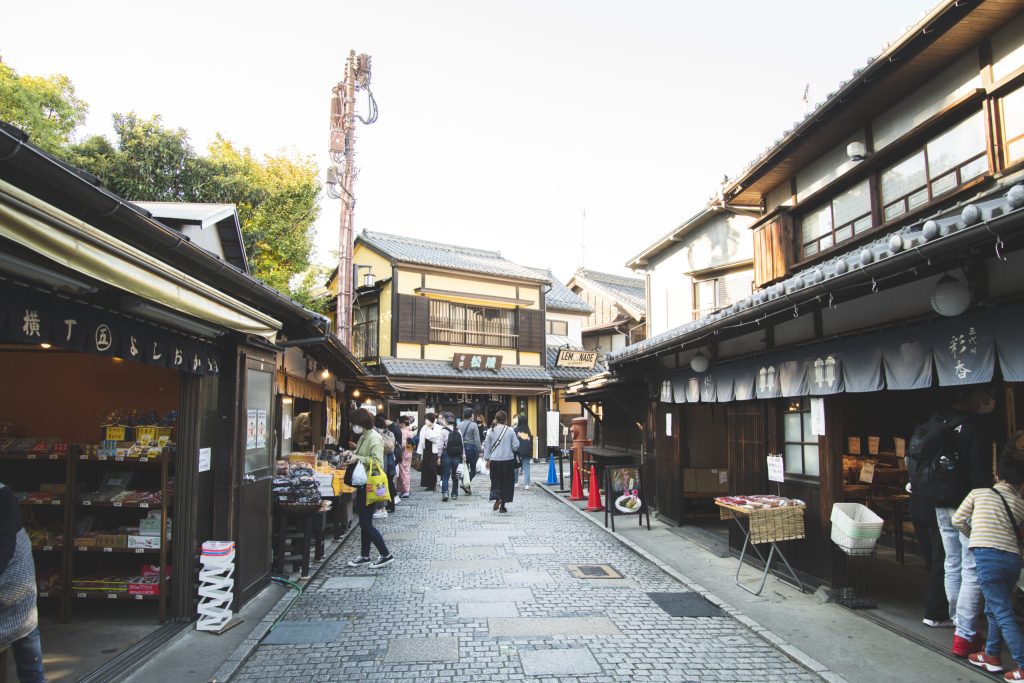
See Kashiya Yokocho, a lovely street dotted with classic Japanese sweets stores, for a sense of nostalgia. Local specialty sweet potato delicacies as well as handcrafted rice crackers abound here.
💰 Cheapest Tokyo Transfer Option: The Seibu Railway (~50 min, ~$5). One reasonably priced choice is the Seibu Kawagoe Pass ($7 round trip).
Cheapest Tokyo Transfer Options
Understanding the best cheapest Tokyo transfer options will help many visitors to enjoy day trips from Tokyo without running a hole in their pockets. Here we will discuss how to get to well-known locations, contrasting travel times, expenses, and best paths of action. We will also stress helpful passes that will enable you to save still more money.
Lowest Tokyo Transfer Prices for Important Day Trip Sites
| Destination | Cheapest Transport Option | Travel Time | Cost (One-way) | Best Discount Pass Available? | Notes |
| Kamakura | JR Yokosuka Line | ~60 min | ~$7 | No | IC cards (Suica/PASMO) can be used |
| Nikko | Tobu Railway (Limited Express) | ~110 min | ~$15 | Tobu Nikko Pass ($18 round trip) | Includes local buses in Nikko |
| Hakone | Odakyu Romancecar + Bus | ~90 min | ~$12 | Hakone Free Pass ($40 round trip) | Includes local buses, pirate ship on Lake Ashi |
| Mt. Fuji (Kawaguchiko) | Highway Bus (Shinjuku–Kawaguchiko) | ~120 min | ~$15 | No | Highway buses are cheaper than trains |
| Yokohama | JR Keihin-Tohoku Line | ~30 min | ~$3 | No | Fast, affordable, and convenient |
| Kawagoe | Seibu Railway | ~50 min | ~$5 | Seibu Kawagoe Pass ($7 round trip) | Includes travel in Kawagoe |
Cost Comparison to see
The cheapest Tokyo transfer options, as the chart shows, usually consist in using discount passes that group transportation, local or rapid trains, or highway buses. The following lists every alternative:
- If you are visiting Tokyo for a brief trip, Kamakura is a convenient escape from Tokyo and the JR Yokosuka Line is reasonably priced and fast.
- Although a little further, Nikko would be most suited to explore using the Tobu Limited Express. Especially if you obtain a Tobu Nikko Pass, which allows you unlimited access to buses in Nikko for a day of sightseeing, it is the most affordable choice.
- Although Hakone can be a little more expensive, the Hakone Free Pass will provide you access to a range of transport options (train, bus, pirate boat) that greatly increase the whole enjoyment and cost-effectiveness of visiting the hot springs and taking in the views of Mount Fuji.
- Accessible by reasonably priced highway buses, which are far less expensive than using the train, Mt. Fuji (Kawaguchiko) provides you a picturesque journey across rural Japan.
- For anyone interested in seeing the modern attractions of Tokyo, Yokohama—just a short ride from the city—is among the cheapest Tokyo transfer options thanks to the JR Keihin-Tohoku Line.
- Reaching Kawagoe with its historic appeal on the Seibu Railway, the Seibu Kawagoe Pass offers an even more affordable round-trip journey together with unrestricted city travel.
These comparisons help you decide the most cheapest Tokyo transfer options depending on your destination and time limits by clearly indicating which paths are most fit for your budget.
Traveler Money-Saving Strategies: How to Maximise Your Budget
While cheapest Tokyo transfer options are crucial when organising day trips from Tokyo, there are a few more strategies up your sleeve that will enable you to stretch your travel budget even further. Saving money while travelling is about timing, flexibility, and knowing where to look, not only about selecting the least expensive choice whether you are travelling alone, with family, or in a group.
Here are some doable ideas to maximise the fun while yet making your trip more reasonably priced:
Utilise Off-peak Travel Times
Avoiding peak travel times is one of the best ways you might cut expenses on your trip. Peak travel in Japan usually falls during rush hour, which runs on weekdays from 7:30 AM to 9:30 AM and once more from 5:00 PM to 7:00 PM. Try to arrange your trip for off-peak times, such as early afternoon or late morning if at all possible. Trains and buses are less packed during these times, and you will often find less expensive ticket choices for particular routes.
Japan sees fewer visitors during its shoulder seasons, late autumn and early spring, thus travelling during the off-peak season can also save you money on lodging, attractions, and meals.
Save Lots on Many Trips Using Discount Passes
Using a travel pass is one of the best ways to stretch your money. Designed for visitors who wish to visit several sites in a given area and can offer notable savings, discount passes including the JR Tokyo Wide Pass, the Tobu Nikko Pass, and the Hakone Free Pass usually cover train and bus fares. These passes save you from having to purchase tickets for every ride.
For about $18 round-trip, for instance, the Tobu Nikko Pass lets you travel from Asakusa in Tokyo to Nikko. Given a one-way ticket for the same route would cost roughly $15, that’s a rather good deal. The pass also covers local bus travel in Nikko, so enabling you to explore the area free from concern about further travel expenses.
Apart from regional passes, be aware of special offers that rail firms usually run for visitors. Check for further benefits when you buy; some passes even give discounts on attractions.
Think about using Suica and PASMO IC cards
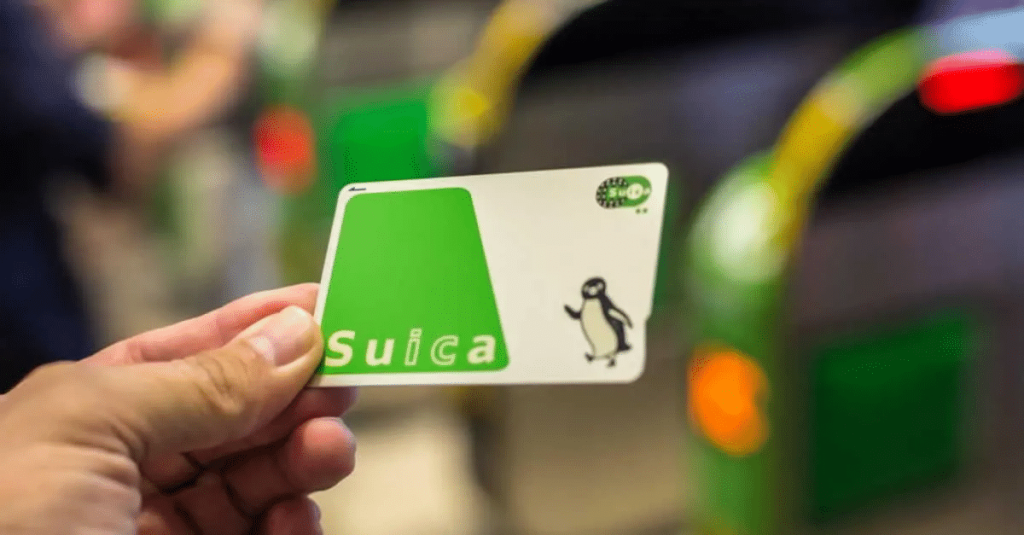
Using an IC card such as Suica or PASMO will help you save a lot of trouble on short visits inside Tokyo or surrounding cities. Almost all trains, buses, and even convenience stores accept these cards, which are easy to top off. The best thing is that usually, their discount is modest when compared to purchasing single tickets.
Travelling by train or bus allows you to simply tap your card at the ticket gate instead of buying tickets every time. When on a day trip, this helps you save time and makes your trip more effective. These are priceless resources.
Though at first look the savings might not seem like much, over time using an IC card can make a difference. Suica cards, for instance, offer a 2% discount on train fares when recharging the card at automatic vending machines, so providing one of the cheapest Tokyo transfer options for those seeking combined savings and convenience.
Book Advance Discount Bus Tickets
Booking your tickets ahead of time will enable you to save significantly if you are riding a highway bus. Many bus companies provide early reservation discounts as well as occasionally unique offers for visitors. Websites like Willer Express provide reasonably priced passes for visits to well-known locations including Kawaguchiko, Hakone, and Nikko. Sometimes booking ahead saves you 20% or more compared to purchasing tickets on the day of travel.
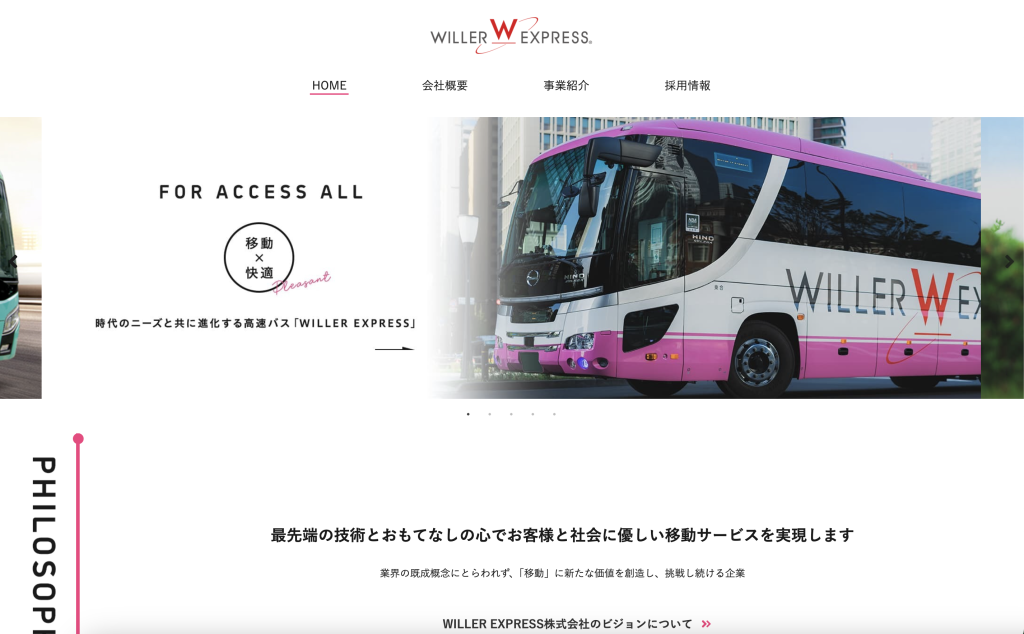
Certain bus firms also provide multi-destination tickets that let you pay one price for visits to several sites. Travellers who wish to visit several sites in a day will find this ideal.
Choose Neighbourhood Transportation Rather Than Taxis
Although cabs would seem handy, when you’re within a city or between sites they can soon mount up. Rather, choose local trains or buses to get about. Along with being the cheapest Tokyo transfer choices, they let you really enjoy the local way of life. Furthermore, a dependable option for getting from one point to another is Japan’s public transportation, which is known for being neat, timely, and simple to use.
Ask for assistance if you’re not sure how to negotiate the public transport system. Most stations have English signage; locals are usually pleased to help you, especially if you seem perplexed (as a foreign visitor, it’s normal to need a little help now and then!).
Travel More, Save Big, and Plan Smart
Knowing and using the cheapest Tokyo transfer options will not only help you to save money but also open a world of possibilities to see Tokyo and beyond. From the breathtaking views of Kamakura to the rich cultural legacy of Nikko, Japan’s surrounds are just waiting to be discovered; with the correct transport, you can see them all without having to spend a fortune.
Remember, little changes to your travel behaviour can result in significant savings whether you use IC cards to expedite your trip, a discount pass, or off-peak travel times. Any visitor would dream of Tokyo’s effective public transport system; by timing your travels around the cheapest Tokyo transfer options, you will have more money to fully enjoy your trip.
So keep your wallet happy by packing your bags, grabbing your travel pass, and starting to explore the best of Tokyo’s environs. Safe journeys!
